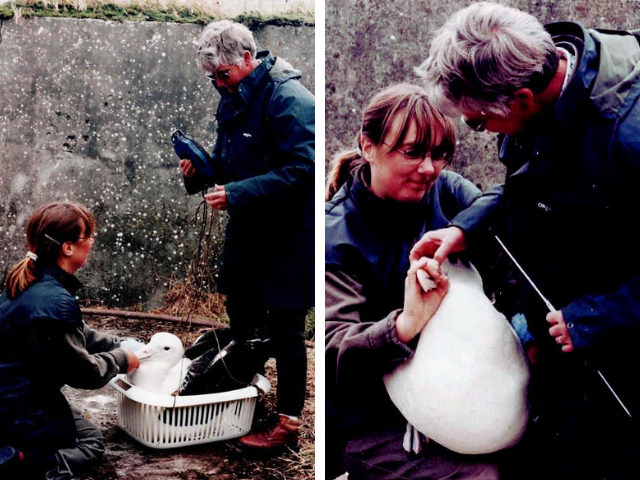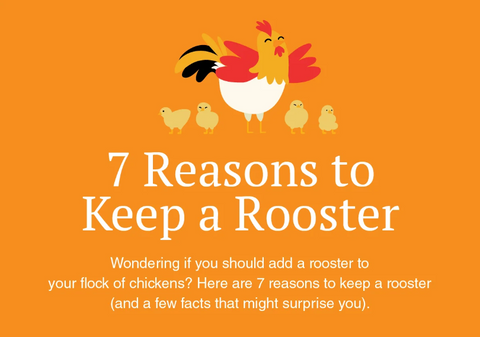Underdown: The Legendary Albatross – Hatched in a Brinsea Incubator!
We received a lovely email recently from Frank Weeks who lives in New Zealand. Frank used to be a Brinsea distributor many years ago, and he sent us the story of Underdown, the world’s first albatross who was hatched in an incubator – a Brinsea Polyhatch!
‘Underdown’s story is one of resilience and adventure, chronicling the life of a northern royal albatross from its earliest moments in 1995 to its mysterious absence post-2021. On 4th November 1996 an albatross egg was laid in New Zealand. Unfortunately, the parents accidentally cracked the egg, so the egg was removed from the nest, patched up and carefully incubated in a Brinsea Polyhatch – a world first for an albatross egg! This egg hatched on January 24, 1996 and the chick was named Underdown. He successfully fledged on October 10, 1996. After several years at sea, Underdown returned to the colony in December 1999, where he was weighed, banded, and marked with a distinctive white-over-black band. For a few years, Underdown did not return, leading to anticipation and concern among the researchers. Finally, in 2004, he made his return, but it wasn’t until November 2006 that he found a mate. His first chick was due in January 2007, marking a significant milestone in his life. Despite occasional absences and the challenges of raising chicks, Underdown proved to be a devoted parent. In 2015, Underdown returned with a new partner, successfully raising another chick. However, in 2017, the egg laid by Underdown and his partner was abandoned and had to be incubated by foster parents. The chick, named Foster, was successfully raised, showcasing the adaptability and dedication of conservation efforts.’

Underdown the Albatross, hatched in a Brinsea Polyhatch
‘Underdown’s life continued with highs and lows. In 2018, he returned with his partner, but the egg they laid didn’t survive. The year 2021 brought hope as Underdown and his mate successfully hatched another chick, which was fitted with a monitor and tracked flying along the coast of Chile. Interestingly, albatrosses do not actually fly in the conventional sense. They travel vast distances by gliding on updrafts and air currents rather than by flapping their wings, a technique that allows them to cover immense expanses of ocean effortlessly. Sadly, since then, Underdown and his partner have not been seen, leading to fears about his demise. Despite this, Underdown’s legacy lives on, a testament to the resilience and enduring spirit of the Northern royal albatross.
How did Underdown get his name?
The name “Underdown” itself has a rich history. It originates from a farm in Yarcombe (between Honiton and Chard in England), where Frank Weeks, was evacuated to at the age of four. He later holidayed and then worked at Underdown before moving to New Zealand in 1952. In 2000, Frank acquired a twelve-acre property in Napier, New Zealand, which he named Underdown, marking the beginning of a series of ventures that carried the same name. The property featured a cattery called Underdown Motel and a poultry equipment mail-order business named Underdown Supplies, where Frank sold Brinsea incubators. When the albatross came along, it was naturally named Underdown, connecting it to this legacy of enterprises.’
Frank Weeks




